7 April 2025
When you imagine a home of the future, what do you see? Sleek skyscrapers? Futuristic pods? Well, how about a cozy, energy-efficient house built right into the ground? Sounds intriguing, right? These homes, known as earth-sheltered homes, are not just futuristic—they’re here, and they could be the answer to sustainable, green living. If you're curious about what makes earth-sheltered homes so unique and why they might be the future of housing, keep reading. We’ll dig into (pun intended) everything you need to know about this revolutionary concept.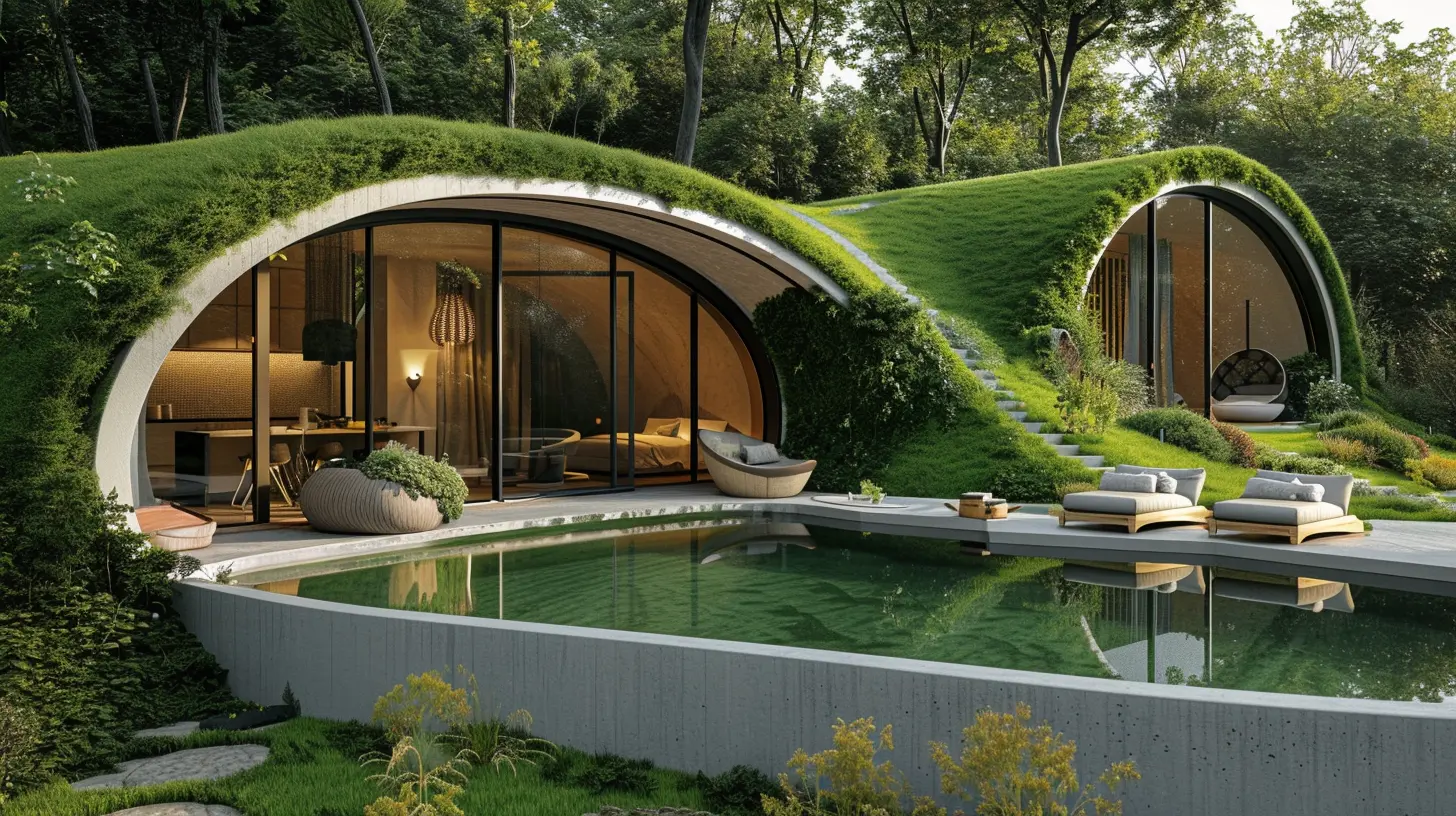
What Are Earth-Sheltered Homes?
Simply put, earth-sheltered homes are houses that are either partially or entirely covered by soil, vegetation, or both. Think of hobbit homes from The Lord of the Rings, but modernized and equipped with all the conveniences of a contemporary lifestyle. These homes meld architecture with the natural environment, creating a blend of innovation and sustainability.There are primarily two types of earth-sheltered homes:
1. Earth-Covered Homes (Earth Berm Homes)
These homes are built above ground and then covered with layers of soil and vegetation. It’s like wrapping your home with nature!
2. Underground Homes
As the name suggests, these homes are constructed below ground level, often using the earth itself as a natural insulator.
Both types offer a unique combination of energy efficiency, sustainability, and harmony with nature. 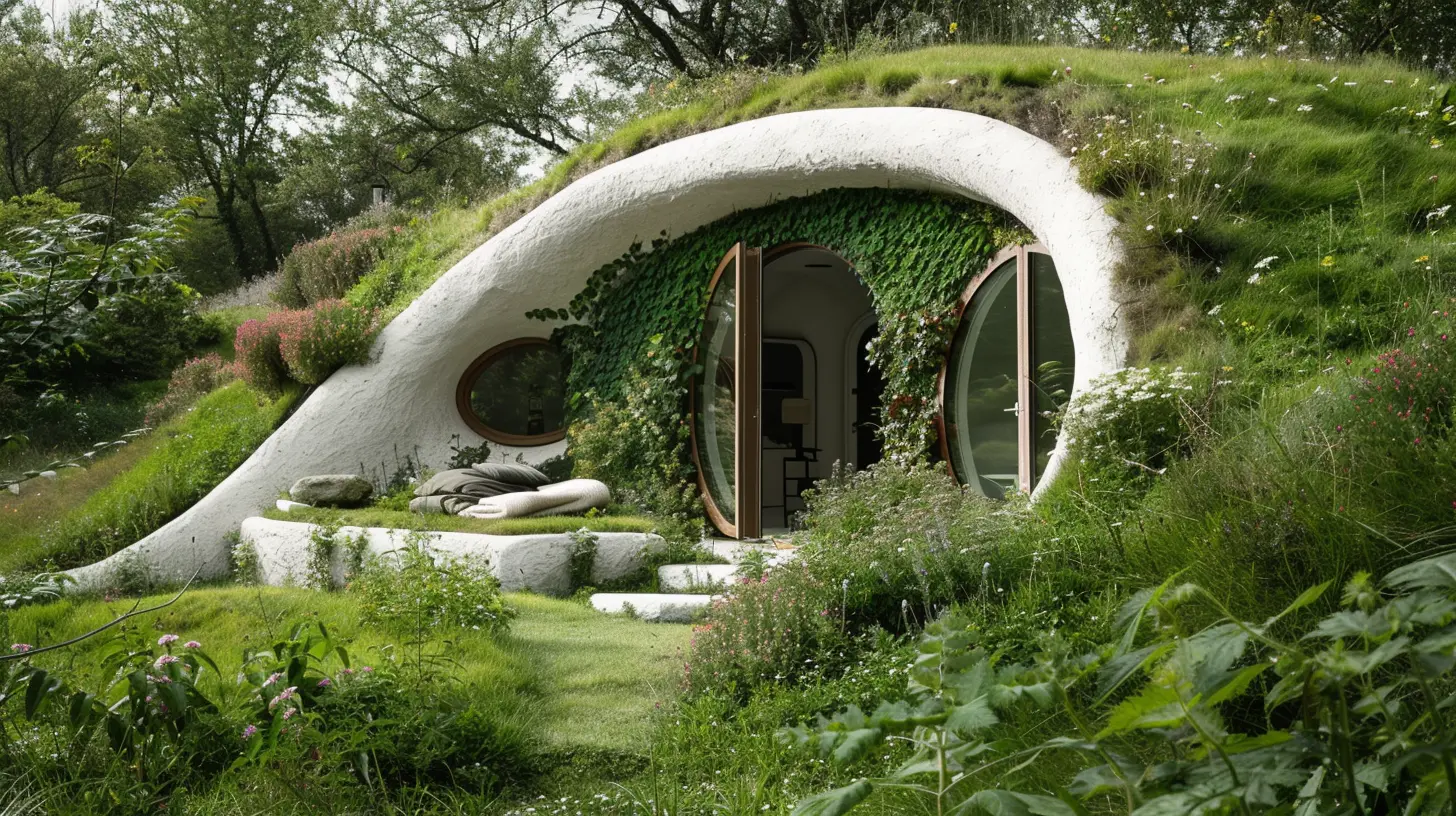
Benefits of Earth-Sheltered Homes
Alright, you might be wondering, “Why would anyone want to live in a house covered by dirt?” Well, here’s the thing—earth-sheltered homes are packed with benefits that traditional homes can’t compete with.1. Energy Efficiency
Imagine your home acting like a thermos, naturally keeping cool in the summer and warm in the winter. That’s exactly what an earth-sheltered home does, thanks to its natural insulation. The soil surrounding the house helps maintain a stable indoor temperature, reducing the need for heating or air conditioning. This means lower energy bills and a smaller carbon footprint.2. Durability and Protection from the Elements
Ever worried about heavy storms, hurricanes, or wildfires? With an earth-sheltered home, you’ve got nature on your side—literally. The earth acts as an extra protective layer, making these homes resistant to extreme weather conditions and reducing wear and tear over time.3. Reduced Environmental Impact
By blending into the natural landscape, earth-sheltered homes disturb less of the environment compared to traditional homes. Plus, many of these homes incorporate green roofs, which promote biodiversity and help absorb rainwater.4. Lower Maintenance Costs
The sturdy construction and natural materials used in earth-sheltered homes mean less maintenance and repair work. Forget about repainting walls or fixing a roof every few years—your home is already nature-proofed!5. Noise Reduction
Do you live near a busy street or noisy neighbors? The thick layers of earth surrounding the home act as a natural sound barrier, making it the ultimate peaceful retreat.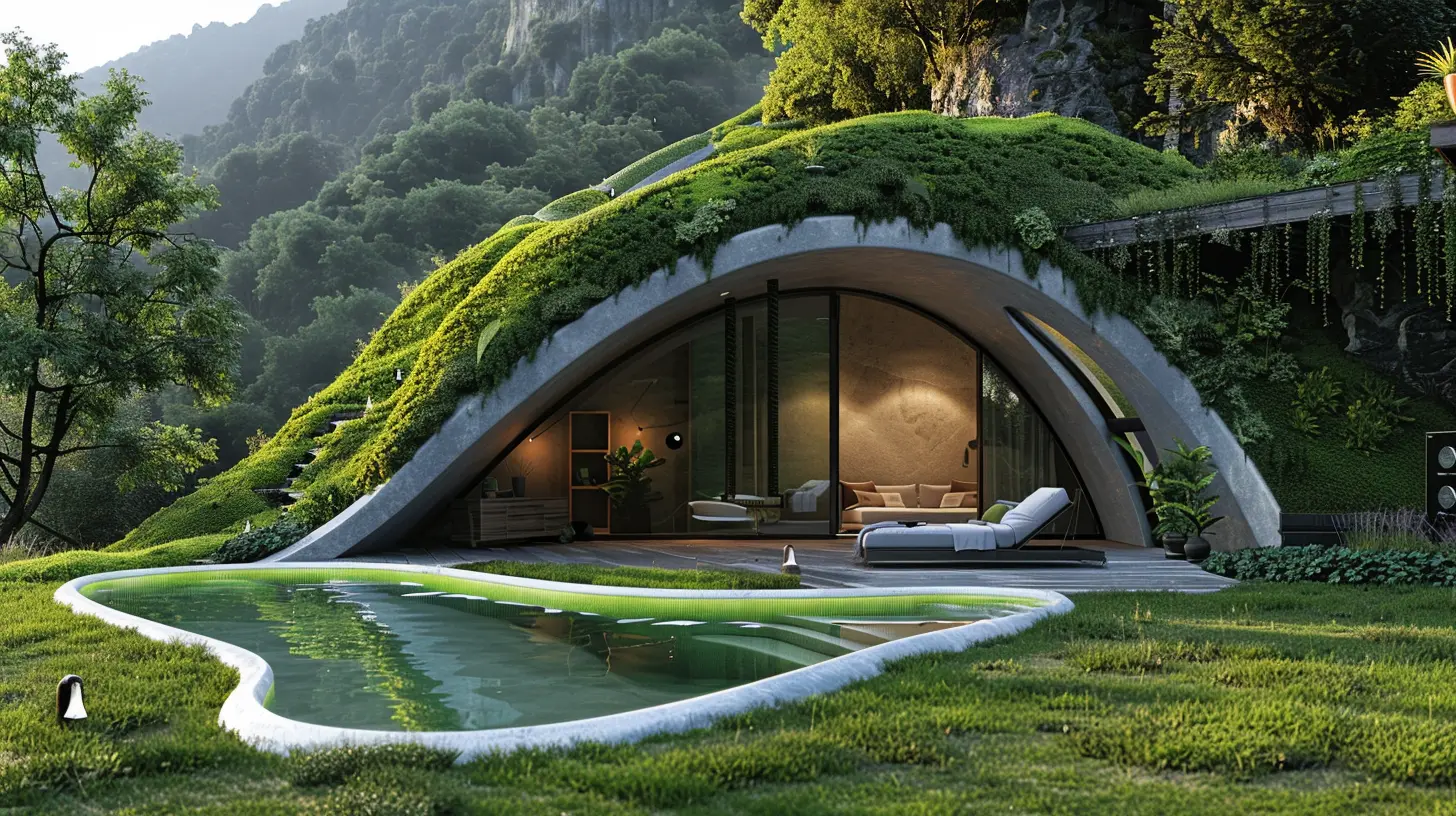
Challenges of Building Earth-Sheltered Homes
Okay, I won’t sugarcoat it—just like any other innovative idea, earth-sheltered homes have their challenges. It’s not all sunshine and daisies (though there will be plenty of soil and greenery).1. Initial Construction Costs
Building an earth-sheltered home often requires more investment upfront compared to a conventional home. Why? Specialized construction techniques, reinforced walls, and waterproofing measures add to the cost.2. Drainage and Waterproofing
Have you ever dug a hole in the ground and watched it fill with water after a rainstorm? That’s what you DON’T want happening to your home. Proper drainage and waterproofing are crucial—and they can be tricky to get right.3. Limited Natural Lighting
Since earth-sheltered homes are either partially or fully underground, they can feel a bit, well, cave-like. To combat this, many architects incorporate skylights, solar tubes, and large windows into the design to flood the interior with natural light.4. Design Restrictions
If you’re dreaming of tall ceilings or sprawling open spaces, you might hit some design limitations. Earth-sheltered homes often require unconventional layouts due to the structural nature of being built into the ground.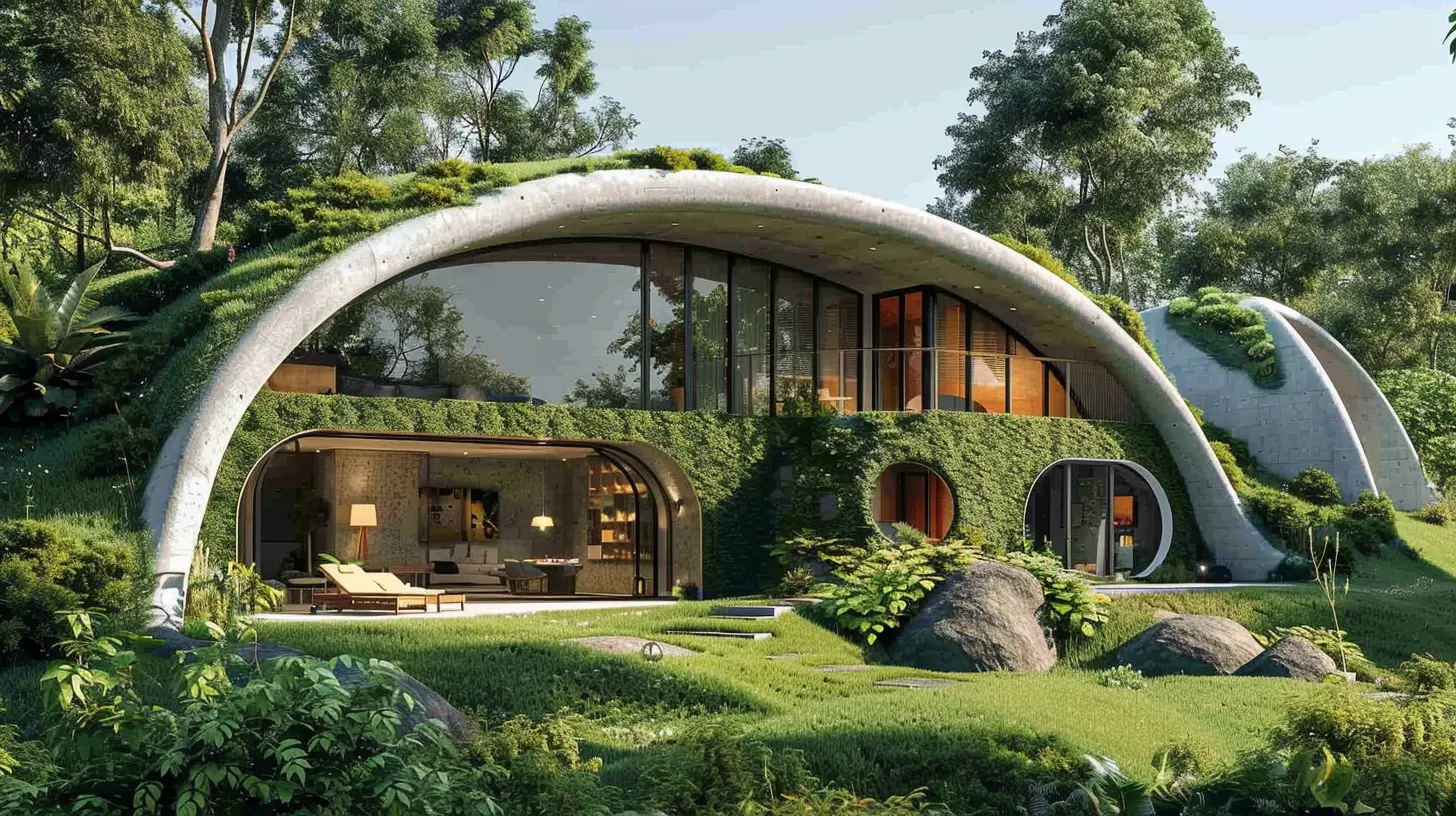
Why Earth-Sheltered Homes Are the Future
Despite the challenges, earth-sheltered homes hold an incredible promise for the future. Why? Well, let’s face it—the planet is in dire need of sustainable practices. With global warming, rising energy costs, and growing concerns about environmental impact, people are starting to look for eco-friendly housing options.1. A Solution to Energy Crises
Earth-sheltered homes are incredibly energy-efficient. They use natural insulation to reduce energy consumption, making them ideal for a world increasingly focused on renewable energy and cutting down emissions.2. Urban Space Efficiency
In crowded urban areas, underground homes could free up surface space for parks, gardens, and other shared community spaces. Imagine a future where neighborhoods are lush green landscapes, while houses are neatly tucked below ground.3. Reducing Climate Impact
Building materials like concrete and steel have a high carbon footprint, but earth-sheltered homes rely on the earth itself for much of their structure. Plus, the energy savings during the life of the home contribute to offsetting its environmental impact.Are Earth-Sheltered Homes Right for You?
So, could you see yourself living in an earth-sheltered home? Let’s break it down. If you’re someone who values eco-friendliness, energy efficiency, and living in harmony with nature, these homes might be your dream come true.On the other hand, if you’re big on traditional designs, love massive windows, or aren’t quite ready to take the plunge into unconventional housing, they might not be for you—yet.
Ultimately, earth-sheltered homes are a lifestyle choice. They aren’t just a place to live—they’re a statement about how we interact with our environment.
What to Consider Before Building an Earth-Sheltered Home
If you’re ready to go full Hobbit-mode and build your own earth-sheltered home, there are a few things you’ll need to think about.- Location: Look for a site with good drainage and stable soil. Mountainous or hilly terrains often work best.
- Climate: Earth-sheltered homes perform better in areas with moderate climates, but they can be tailored to work in varying conditions.
- Design Team: Not all architects and builders specialize in earth-sheltered designs. Make sure you team up with professionals experienced in this field.
- Budget: Plan for higher upfront costs, but remember—you’ll likely save big in the long run on energy bills and maintenance.
Final Thoughts
Earth-sheltered homes might sound like a thing of science fiction, but they’re very real—and incredibly practical. As we continue to search for sustainable housing solutions in a world facing environmental challenges, these homes offer a glimpse into what’s possible when we embrace nature rather than fight against it.Whether you’re an eco-conscious homeowner or just someone fascinated by innovative design, earth-sheltered homes are worth exploring. They stand as a testament to ingenuity, resilience, and our ability to live in harmony with the planet. Maybe one day, we’ll all be living a little closer to the earth—literally.

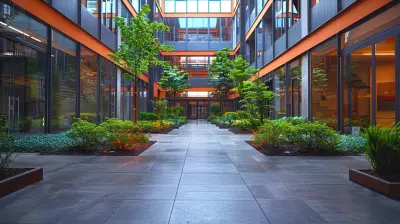
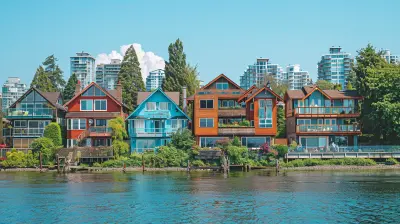


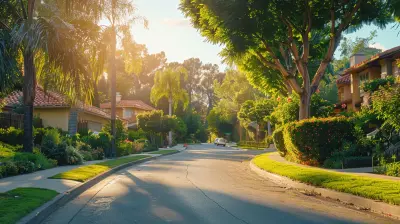
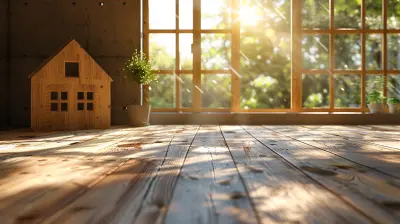
Merida Bishop
Inspired by sustainable innovation!
April 14, 2025 at 8:09 PM